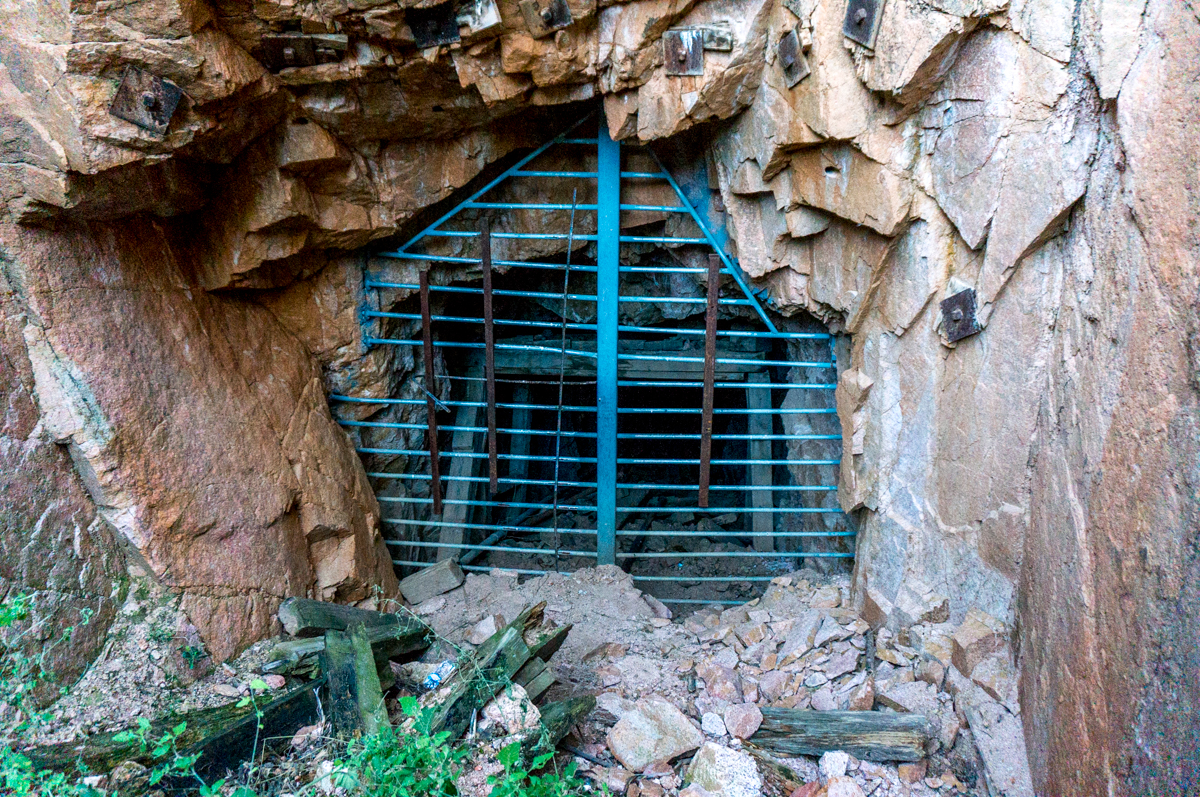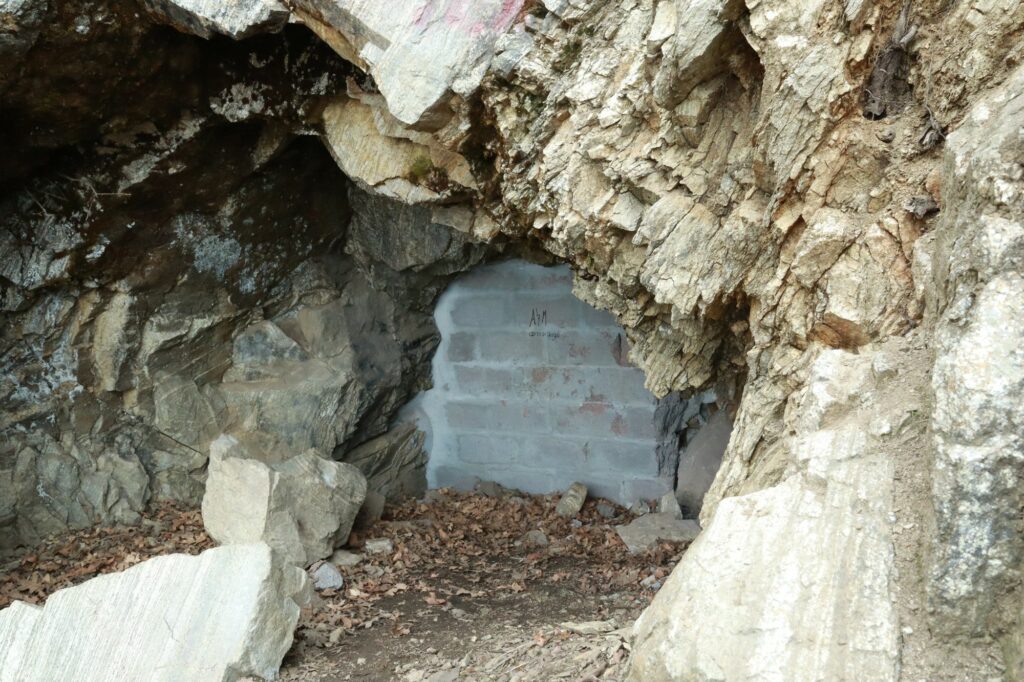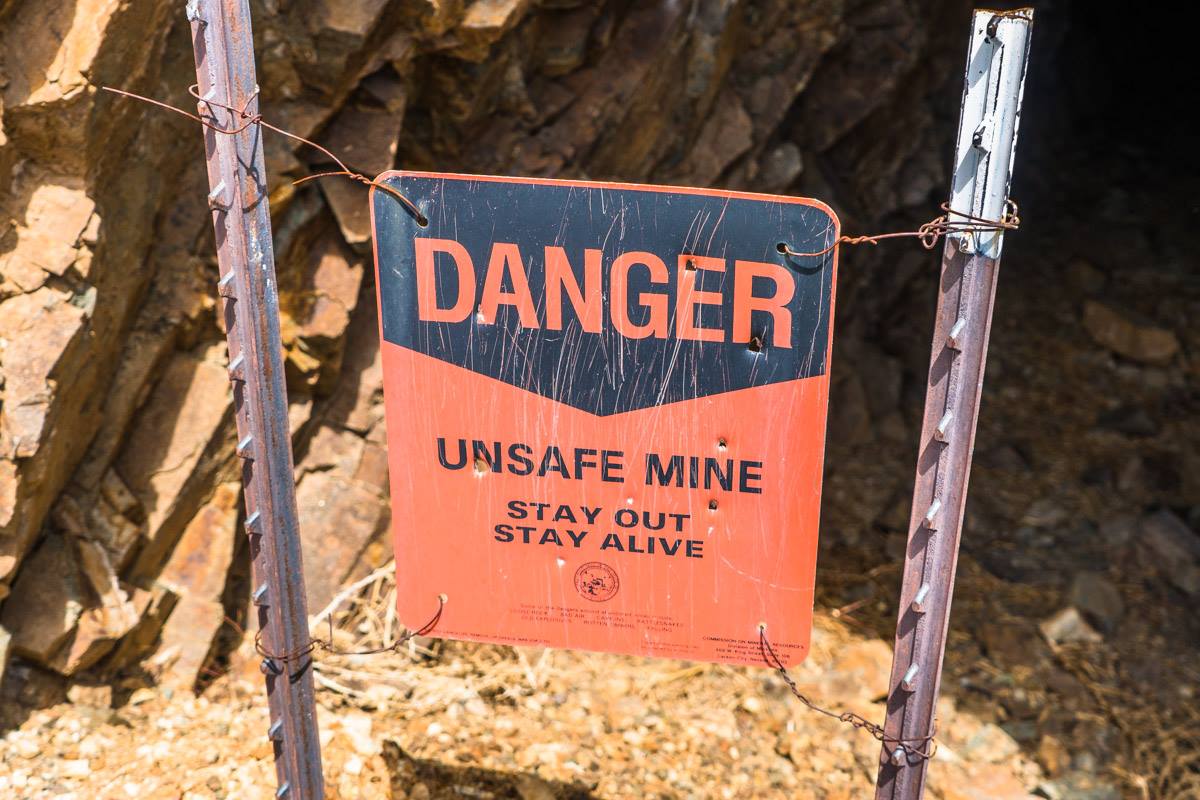


2022-12-05
By Stay Out Stay Alive
If you are new to Stay Out Stay Alive, you might be wondering: What exactly is reclamation? How did it begin? Why should I care?
Judging by the name, you might assume that mine reclamation is the process of modifying land that has been mined to an ecologically functional or economically usable state after mining operations are complete. Fifty years ago, you would have been correct about this. Unfortunately, today, the government has grossly corrupted the meaning of reclamation.
In the early days of the United States, hardrock gold mining settled the west, but coal was still king. Around 1939, demand for coal skyrocketed due to WWII. In response, many coal operations began mining as much as possible with little regard for environmental consequences. Unfortunately, this left behind a mess and proved terrible for the environment.
Coal mines are inherently dangerous, as they are designed to collapse in on themselves. In coal mines, coal is pulled out of seams in soft sedimentary rock. Miners accomplish this by cutting through the center of a coal layer. They leave columns of coal to support their drift. This is risky, as occasionally, columns collapse prematurely, killing miners. When the operation is done, the coal columns are supposed to be pulled over, causing the mountain to fall into the gap. In some cases, the last step of this process was ignored, which eventually caused abandoned coal mines to cave in on themselves, or worse, onto unexpecting explorers.
Aside from structural collapses, coal mines are innately hazardous since they can contain blackdamp. Blackdamp is a buildup of unbreathable gases, often found in poorly ventilated sections of coal mines. Coal mines are particularly susceptible to this phenomenon because coal naturally absorbs oxygen and exudes carbon dioxide. Blackdamp levels in abandoned coal mines can be fatal. Unfortunately, there are many stories about curious children or adults who have wandered into abandoned coal mines, breathed in too much blackdamp, lost consciousness, and then suffocated.
Outside of the inherent dangers of coal mines, poor practices often exacerbated risks. In many mines, fires were accidentally started underground. With tons of coal to pull energy from, these fires could burn for centuries, constantly releasing toxic greenhouse gasses into our atmosphere. These fires are difficult to extinguish and were often left burning.
By the end of the war, American citizens had begun worrying about the injuries, fatalities, and environmental effects associated with coal mines. In response, Congress enacted the Surface Mining Control and Reclamation Act (SMCRA) in 1977. The goal of this act was to promote the cleanup of abandoned coal mines that were left without adequate reclamation prior to August 3rd, 1977.
Following the creation of SMCRA, production fees were imposed on coal operations to finance reclamation projects. Initially, fees were set at 35 cents per ton for surface-mined coal and 15 cents per ton for coal mined underground. These production fees, along with late payments, interests, penalties, and administration charges were poured into America’s new Abandoned Mine Trust Fund. As this money was collected, the Office of Surface Mining began to dole out the funds to states and tribes with approved Abandoned Mine Reclamation Programs.
By 1980, states had cleaned up most of their coal sites, but they were still hungry for federal dollars. This gave rise to one of the most destructive programs that the country has ever enacted – the Abandoned Mining Lands (AML) program. With this program, the focus of reclamation shifted from closing abandoned coal mines to destroying viable hardrock mines.
Hardrock mines are very different from coal mines. In hardrock mines, adits and shafts are driven into stable, solid rock. These underground workings tunnel through the earth to reach mineral deposits. Unlike coal mines, hardrock mines are built to last. In fact, many of America’s oldest hardrock mines are still perfectly usable and full of value.
Since the beginning of the AML, the definition of what constitutes an abandoned mine has not always been straightforward. Each state has its own AML Task Force and the ability to define terms for itself. Originally, SMCRA Act defined abandoned mines as sites that meet the following three requirements:
1. Mining operations have ceased for a period of one year or more.
2. There are no approved financial assurances that are adequate to perform reclamation.
3. The mined lands are adversely affected by past mineral mining.
As the AML program aged, individual states began changing their definitions to expand what counts as an abandoned mine to increase the amount of funding they were eligible for. For example, in 1997, California’s AML Task Force updated their definition of abandoned mines as sites that meet all the following requirements:
1. Mining operations have ceased for a period of one year or more.
2. There is no interim management plan in effect; and
3. There are no approved financial assurances that are adequate to perform reclamation.
In California’s updated definition, abandoned mines did not need to be adversely affecting the environment to qualify for reclamation. This huge jump from a “coal mines are dangerous” attitude to an “all mines are dangerous” mindset rippled across other states looking to claim additional dollars from federal programs.
Ultimately, the AML program was created so that the United States Forest Service (USFS) and the Bureau of Land Management (BLM), two organizations with strong anti-mining biases, could continue eating into the federal Abandoned Mine Trust Fund while destroying access to perfectly safe hardrock mines. These organizations have stated that the AML’s purpose is to “minimize the human health and safety hazards at abandoned mines while preserving the historic and wildlife habitat resources that they provide,” but this is far from the truth. Above all else, the ALM prioritizes keeping the public away from mines, almost always at the expense of destroying hardrock mines’ value and history.

The AML program gathers support through fearmongering. They perpetuate the myth that all mines “can expose anyone nearby to unexpected, serious danger” by maintaining that hardrock mines are just as dangerous as coal mines. This is an unsubstantiated lie. Although it is impossible to compare the number of people who have wandered safely in and out of an abandoned mine with the number of incidents, the sheer number of fatalities in hardrock mines compared to coal mines suggests that the latter is far more deadly.

Supposedly, the AML uses a “risk-based approach” to evaluate potential hazards in mines, although in the past few decades, it has become apparent that the only risks this government agency is concerned with are lawsuits. The program posts signs featuring its slogan, “Stay Out, Stay Alive,” near mines on public lands. Although the program claims that these signs are posted to protect the public from themselves, in reality, the AML is trying to protect itself from the public. Occasionally, citizens have sued the federal government over incidents that happened in mines on public land. In response, federal agencies have demonized mines. They tell citizens things like, “Stay Out, Stay Alive,” in hopes of instilling Americans with a fear of the career that built this country. The Stay Out Stay Alive campaign even targets children. Coloring books containing activities centered around the exaggerated dangers of abandoned mines are handed out in schools. It is telling that the AML program prioritizes propagating panic instead of equipping the public with mine safety knowledge. This tactic helps ensure that the AML can continue closing historical mining sites with little pushback.
Aside from equating coal mines with hardrock mines, the AML has created rumors and publicized misinformation about the supposed dangers of hardrock mines. One of the fabricated hazards the AML warns of is old dynamite. The program makes claims, such as, “experienced miners hesitate to handle old explosives. They realize the ingredients in explosives will deteriorate with age and can detonate at the slightest touch.” A quick Google search reveals many references to the dangers of old (or “sweating”) dynamite, although it is impossible to find even a single reference to old dynamite causing injury or death. Oddly enough, many online references appear to be repeating the exact warning from the same two sources – the USFS and the BLM. These sources’ message is clear, but their evidence is nonexistent. Dynamite becomes less explosive as it ages. According to a retired First Sergeant who served as an Explosive Ordnance Disposal Specialist, “even if old dynamite naturally crystalized, it would be mostly sodium and non-explosive.” He continued, arguing that “even if it naturally crystalized into something high grade, which it doesn’t and won’t, sodium nitrate is hygroscopic and if exposed for any lengthy period would be desensitized and rendered harmless.”
As of 2022, the AML program continues to waste taxpayers’ money. They shell out cash for college students and amateur geologists to kick around rocks and play with dynamite on sites that have never posed danger to the public. These operations are expensive, yet they accomplish nothing but the senseless destruction of our country’s literal gold mines.
Sadly, it’s a largely overlooked fact that a majority of settlements in the west came about as a result of mining. Ranchers and cowboys didn’t just pop up and start breeding cattle. They started on small farms that were established near mining camps. These mining camps and towns gave the ranchers somewhere to sell their wares and someone to buy their cattle and crops. As time went on and the miners left for richer grounds, the ranchers expanded their reach. In many cases, ranchers took over abandoned mine lands and then applied for federal funding to compensate for existing damage on the land. Surprisingly this cash grab worked, and the federal government printed more cash for the farmers and ranchers who gobble up AML funds, all while cursing and defaming the mines that gave them their start.
Together, the Forest Service, Bureau of Land Management, National Park Service, the Environmental Protection Agency, and Interior’s Office of Surface Mining Reclamation and Enforcement (OSMRE) have spent, on average, about $287 million annually to address physical safety and environmental hazards at abandoned hardrock mines between 2008 and 2017. That means, in less than a decade, our country spent over 2.9 billion to keep the public out of valuable, workable mines. Agencies claim to be saving lives by reclaiming mines, but the truth is – not that many people are getting injured in mines. From 2008 – 2017, there was a total of 105 fatalities in abandoned mines. To put this number into perspective, in the same period, 302 people died from lightning strikes. That makes your odds of getting killed by lightning higher than the odds of dying in a mine.
For the sake of “environmentalism” and “safety”, the AML attempts to cover up and close off mines without considering the benefits of leaving the mines intact. The program caps and covers mines that miners spent their whole lives working in and effectively erases a part of their stories. Aside from the historical value that is lost, money is also lost when the AML shuts down mines. The AML doesn’t consider past production or future production potential when determining which mines to close off. This is infuriating and wasteful. Our survey team frequently observes rich sites that have been gated and reclaimed. These sites are a sad legacy to leave for men who spent their lives creating these mines. To work these sites in the future, America’s next generation of miners will be responsible for undoing the damage done by the AML program.
